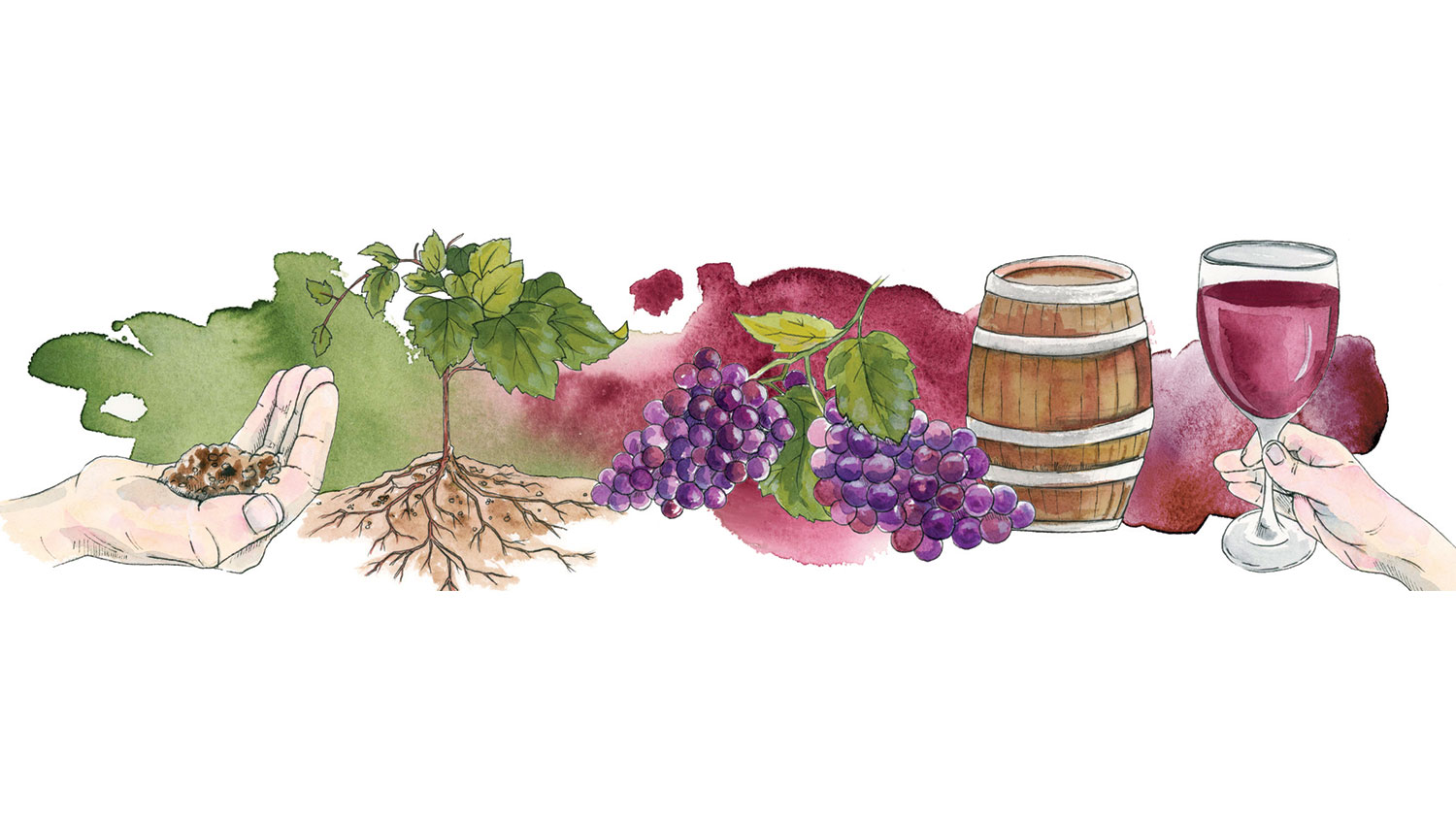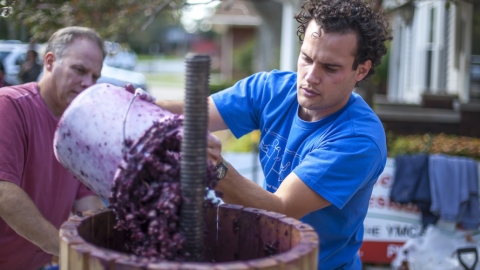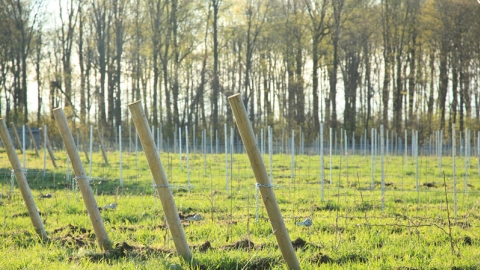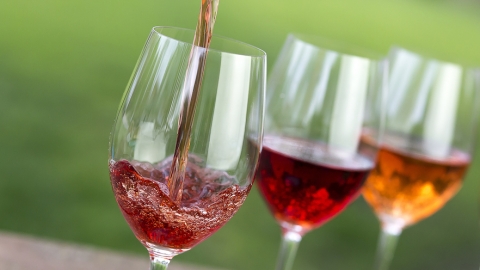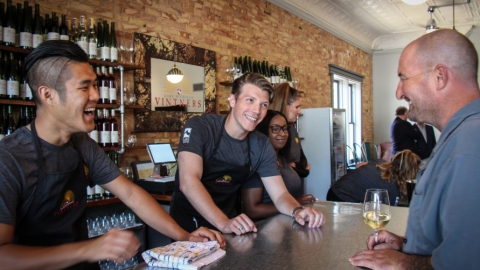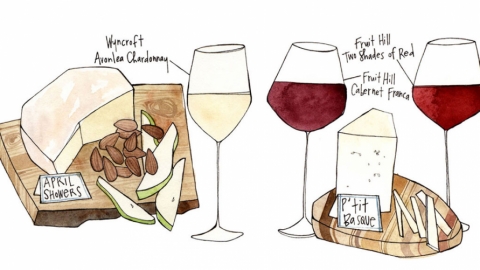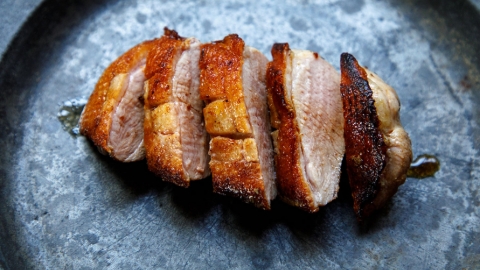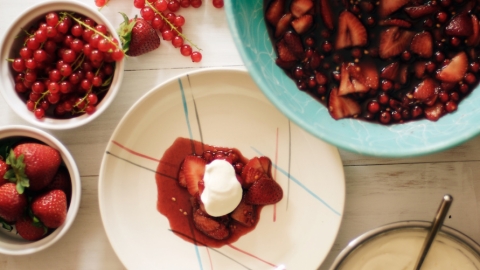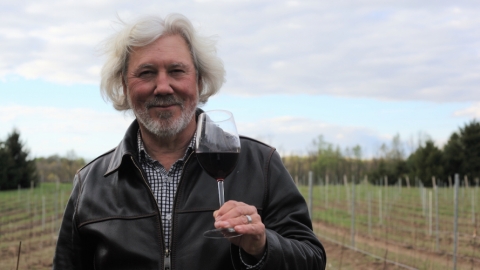Human terroir: Winemakers influence the flavors of wine
If you enjoy wine, or spend time with people who do, you will inevitably be exposed to the word terroir. One of the best translations of the word, “somewhereness,” coined by wine writer Matt Kramer, reminds us that a particular wine tastes the way it does because it comes from a particular place. While geography is important to wine flavor, equally important are the grape variety and the people who grow the grapes and make the wine.
Every wine’s characteristics are influenced by the vineyard, the variety and the vintage. But individual taste comes into play as well. A winemaker’s decisions determine how place and grape variety are manifested in each glass of wine you enjoy—the human element of terroir.
In southwest Michigan, with our proximity to the Great Lakes, the well-drained soils and some decent relative elevation, our vineyards are capable of producing wines to rival those of Bordeaux and Alsace. Moderation is the key to our success.
Excessive heat can result in grapes that are low in natural acidity and high in fermentable sugars, tasting more like raisins than fresh berries. If, on the other hand, a vineyard site is too cool, natural fruity flavors do not develop properly in the vineyard, acids persist, and the wine tastes watery, overly tart and even vegetal. Wines grown in moderate climates like ours are more likely to have balance and concentration: fresh, fruity and floral aromas, food-friendly acidity and restrained alcohol levels.
Many wine aromas and flavors come from the grape variety itself, but some of the compounds responsible for these aromas are also present in other fruits or vegetables. For example, one variety, Sauvignon Blanc, sometimes contains aromas of passion fruit. Passion fruit isn’t used in making the wine, but the aroma compound is common to both passion fruit and the Sauvignon Blanc grape varietal. Cabernet Sauvignon is famous for aromas of eucalyptus and black currant jam. Muscat and Gewürztraminer are known for vibrant aromas of flowers and tropical fruits.
Once the wine goes into the cellar, the winemaking crew’s primary responsibility is to ensure that the richness of flavors produced in the vineyard is expressed in the finished wine.
Winemakers allow most red wine, and some white wine, to soak with grape skins. Choosing how long to keep the wine in contact with skins is one way the winemaker influences the color, flavor and tannin structure. Too much skin extraction and the wine can be bitter and rough on the palate.
Winemakers also use new oak barrels to enhance wine body and flavor, lending supple tannins and subtle aromas of vanilla, clove, chocolate and smoke. But excessive new barrel use can overwhelm the wine, masking its fruity flavors and varietal character.
When you envision the transformation of grapes into wine, go ahead and think of the green rolling vineyards of Napa Valley, but also remember the winemakers whose expertise and vision took a harvest of plump grapes and transformed them into your favorite wine.


